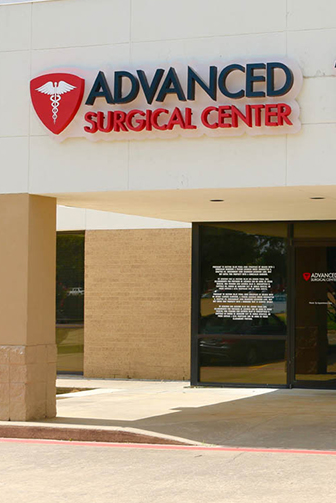
What is an echocardiogram?
Ultrasound imaging is a technique used in many fields to get real-time information. It is fast and cheap and does not use any radiation, but in the right cases, it can provide information that other imaging techniques cannot. An echocardiogram uses ultrasound technology but is specific for the heart, and there are two ways an echocardiogram is taken: transthoracic and transesophageal. Both of these take about 15 minutes once images start being collected.
How is an echocardiogram taken?
For a transthoracic echocardiogram (TTE), the imaging specialist uses a gel and places the ultrasound transducer on your chest to get the images. Many times a TTE is good enough to get the information your cardiologist needs, but sometimes a transesophageal echocardiogram (TEE) is needed to get a better view of things. For a TEE, the transducer has to pass through your mouth and down your esophagus (just before your stomach). While this would normally be very uncomfortable, the back of your mouth will be numbed with gel or a spray, and medication is usually used to help you relax and ignore any discomfort. The benefit of the TEE is that the ultrasound transducer will be right next to the heart, so the images will be clearer and of higher quality.
Echocardiogram
What is echocardiogram used for?
Echocardiography has a wide variety of uses. Because it gives real-time information, it can show both the structure and function of the heart. This makes it one of the ideal tests for heart failure or valvular heart disease. Sometimes, it can be used to evaluate for coronary artery disease, especially as part of a stress test, to see how the disease is affecting heart function. It is also often combined with an electrocardiogram (ECG) to better understand how the distinct chambers of the heart are working. This can help in determining how arrhythmias, like atrial fibrillation, are affecting the rest of the heart.



